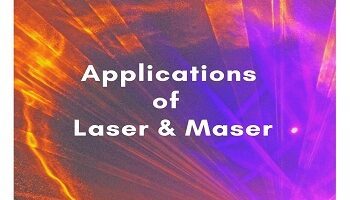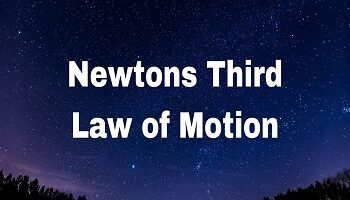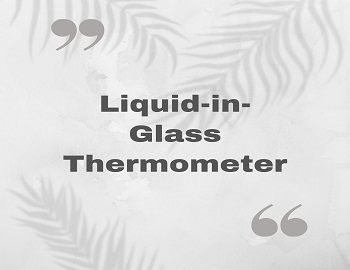Table of Contents
What is Radioactivity?
The phenomenon of spontaneous emission of radiations by an element or its compounds having peculiar characteristics similar to X-rays, i.e. affect a photographic plate even when wrapped in a black cloth or paper, cause ionization of gases through which they pass, penetrate through solids etc. is known as Radioactivity and the substances exhibiting the phenomenon of radioactivity are known as Radioactive Substances. Some substances which are not naturally radioactive but acquire radioactivity when exposed to radiations from a natural radioactive substance are known as Artificial radioactive substances and the phenomenon is known as Artificial or Induced Radioactivity.
Cause of Radioactivity:
The stability of a nucleus depends upon its neutron to proton (n/p) ratio. A nucleus is said to be stable if its n/p ratio lies between 1-1.6. The elements lying within a stability limit (1-1.6) constitute the stability zone. However, the elements whose nuclei do not fall with in stability zone are said to be unstable. The unstable nuclei, whose n/p ratio is either less than 1 or greater than 1.6, disintegrate giving out α, β or γ-rays in order to attain stability. For example- emission of α-particle increases the n/p ratio whereas the emission of β-particle decreases the n/p ratio. This process of disintegration continues till n/p ratio falls in the stability zone (1-1.6).
Discovery of Radioactivity:
The discovery of Radioactivity was an accidental event shortly after the discovery of X-rays in 1895. In 1896, Henry Becquerel (French Scientist) by chance found that a Uranium mineral Potassium uranyl sulfate [K2UO2(SO4)2.2H2O] wrapped in a black cloth when placed in a dark room, emit certain radiations which had penetrating power similar to X-rays and affect the photographic plate. Surprised by this observation, he repeated the process with other uranium minerals and get the same results. From these observations, Becquerel concluded that the presence of Uranium element is responsible for the emission of highly penetrating photographic radiations. He named this element Radioactive uranium.
In 1898, Madam Marie Curie and her husband Pierre Curie found that mineral Pitchblende (mainly U3O8) also emit radioactive radiations which are several times more radioactive than uranium and thus they suspect the presence of some other element in this mineral which is more radioactive than uranium. Ultimately, they succeeded in isolating two more radioactive substances from Pitchblende namely Polonium (Po) and Radium (Ra). It was found that Po is 400 times more radioactive than uranium and Ra. In the same year (1898), Mme Curie found that thorium was radioactive and in 1900 A.C. actinium was found to be radioactive. In subsequent years, many more radioactive elements have been discovered and at present about 40 natural radioactive elements and several artificial radioactive elements are known.









Comments (No)